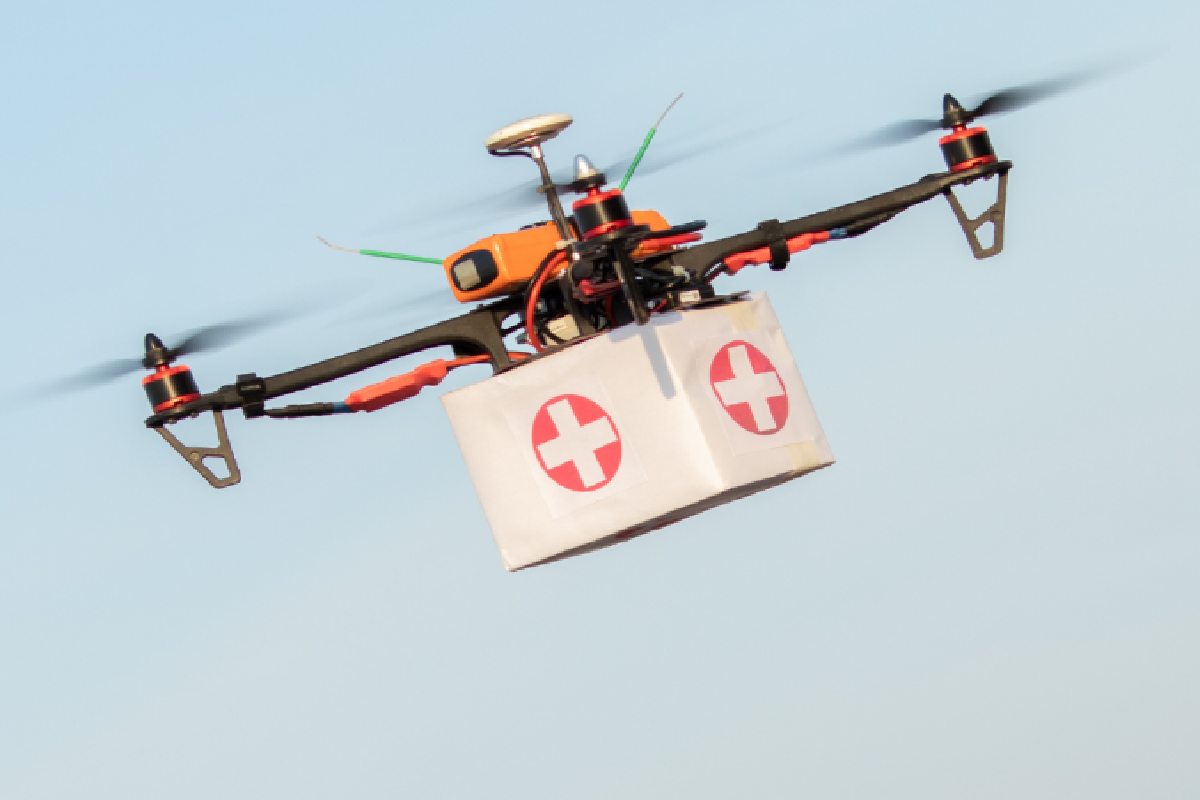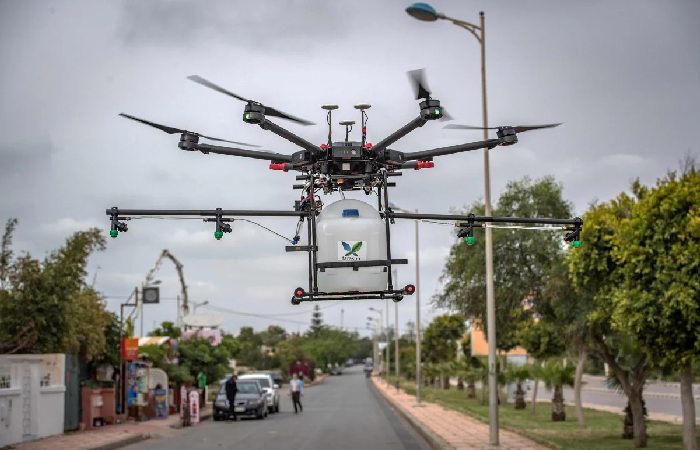What is the White Label Drone Services Case Study?

Table of Contents
White Label Drone Services Case Study
Case Studies: Following are some of the white label drone services case study
1. Drones for wind turbine inspections is an advancing industry.
The wind turbine industry experienced tremendous growth over the past ten years. But if you believe the predictions, that’s nothing compared to what we’re about to experience.
The rapid growth of recent years has created a competitive environment where innovation and adaptability are the keys to survival.
To find what it takes to be competitive in tomorrow’s wind turbine industry, we contacted Autonomous Drone Solutions, a Denver-based drone service provider working on a large AES wind project.
The global wind turbine industry in 2021 snapshot
The global wind market is projected to reach an estimate of US$134.6 billion in 2023 and US$21 billion by 2026.
In particular, the offshore sector is growing like never before, with an expected CAGR of a staggering 18% between 2020 and 2025.
There are a few reasons why we’ve seen this massive growth in recent years:
- Increasing demand for electricity worldwide
- Trend reversal towards renewable energies
- Stricter regulations and emission regulations in much of the world
- But, significant technological advances that have reduced the overall cost of operating wind turbines
- Investors have become more inclined to invest in large wind turbine projects.
- Europe is the largest wind turbine market in 2021, with 65.6 GW of projects in the planning phase.
2. Scopeto is compatible with Phase One images
The best inspection results come from excellent data. For this reason, Scopeto supports the use of Phase One imagery in our reporting and analytics platform.
Scopeto supports most types of visual data and extracts value from it with the right tools, like our thermal analysis capabilities.
Speed is forever a concern, no matter the size of the data, and free storage is always part of the package when you buy assets on Scopito. These are some of the reasons we are able to support phase one dates so well without image size becoming an issue.
Basically, pixel density inspection images offer a variety of incredible benefits that we want to ensure our users have the best opportunities to take advantage of.
So, one of the things we’re doing to support phase one imagery is providing infinite zoom, allowing users (and the AI) to take advantage of the level of detail to create more accurate and precise glitch annotations.
Other advantages of high-resolution inspection images are:
- Fewer images are required.
- Summary and detail in one.
- A higher level of detail means more accuracy.
- Better data quality is an advantage for historical data.
- Greater accuracy means more effective predictive asset maintenance.

3. Aerial drones – white label drone services case study
Drone operation relies on wireless communications over long distances for telemetry and control.
4. Building inspections and software for them
What types of building inspection software are there?
There are as many inspection software types of building inspections, each with unique characteristics. Many types of software can be used for different reviews, and finding one for your specific needs won’t be difficult.
So, different types of inspections require additional capabilities, and also, the first step in deciding is to consider your needs. Below we’ve listed some of the most common building inspection types and the features to look out for in the software you use for them.
5. Drone Roof Inspection Software
Most professionals today use drones for roof inspections.
Accessing the roof with a drone is easier, safer and faster than the traditional method of climbing the building. Drones can also get a better overview of the roof and spot potential problems, which can be investigated further.
Basically, Roof inspections can be used as part of a home appraisal, to estimate roof repair costs, as part of insurance claims, or as standard home maintenance.
When conducting rooftop inspections with drones, look for these features in your software of choice:
- Good imaging skills
- Annotation and analysis options
- Precise geolocation of bugs
- Report Options
- Possibility of integration with flight planning software
What is a white label product? – white label drone services case study
Private label products are sell by retailers with their brand and logo, but a third party manufactures the products themselves. White labelling occurs when an item’s manufacturer uses the brand desired by the buyer or marketer instead of their own. The final product appears as if the buyer made it.
Private label products are easily identifiable on store shelves as they feature the retailer’s name (commonly known as ‘private label’) on the label—for example, Whole Foods Market’s 365 Everyday Value line.
MAIN RESULTS
- Firstly, Private label products are manufactured by the company and packaged and sold under different brand names by other companies.
- Secondly, large retailers have successfully sold private label items that carry their brand.
- Private label has been a global phenomenon growing steadily since the late 1990s.
- Finally, one of the benefits of white labeling is that it saves companies time, energy and money in production and marketing costs.
Understanding a white label product
White label products are made by a third party, not the company that sells or markets them. The advantage is that a single business does not have to go through the entire process of creating and selling a product. A company can focus on manufacturing the product, another on its commercialization, and another on sales, each according to their experience and preference. The main advantages of white labeling are that companies save time, energy and money in production and marketing costs.
Another significant benefit of private labels is that if a supermarket has an exclusive deal with a manufacturer, average freight costs can be lower than usual. The company will get advantage from economies of scale in distribution. Due to lower transportation costs, the retailer could sell the product cheaper and still make a higher profit margin.
Private label is becoming more popular, suggesting that consumers are becoming more price-sensitive and less loyal to their favourite traditional brands. Moreover, in numerous countries, the growth of private labels is hurting the market share of national brands (the manufacturers).
Types of businesses that use private label products
Retailers
Although private label products can technically be found in any industry or sector, large retailers have done quite well with them. However, Companies like Whole Foods and Walmart have benefited from selling their own branded products made by other manufacturers.
Multinational and mass marketers
In 1998, Tesco (TSCDY), a British multinational grocery and merchandise company, began segmenting its customers and developing brands tailored to each group. In the United States, retailers quickly followed Tesco’s precedent.
White labeling in the US has worked remarkably well for large retailers like Target Corporation (TGT), with at least 10 different brands, each targeting a specific consumer group and product line, and collectively generating at least $1 billion a year.
Electronics company
Private label is not limited to the supermarket segment. Leading cell phone and computer electronics manufacturers often place their brands on cheaper white label products to expand their offerings.
White label in the form of services
White label products don’t always have to be readily available. Service offerings have also introduced white labeling. For example, some banks use white-label services like credit card processing if they don’t have those services in-house. Non-bank companies also often offer branded credit cards to their customers, a form of white label. For example, L.L. Bean Inc. provides its consumers with a branded credit card, when in fact, the card is provided by Barclays Bank (BCS). Macy’s (M) also offers a branded card to its customers and is provided by American Express (AXP).
